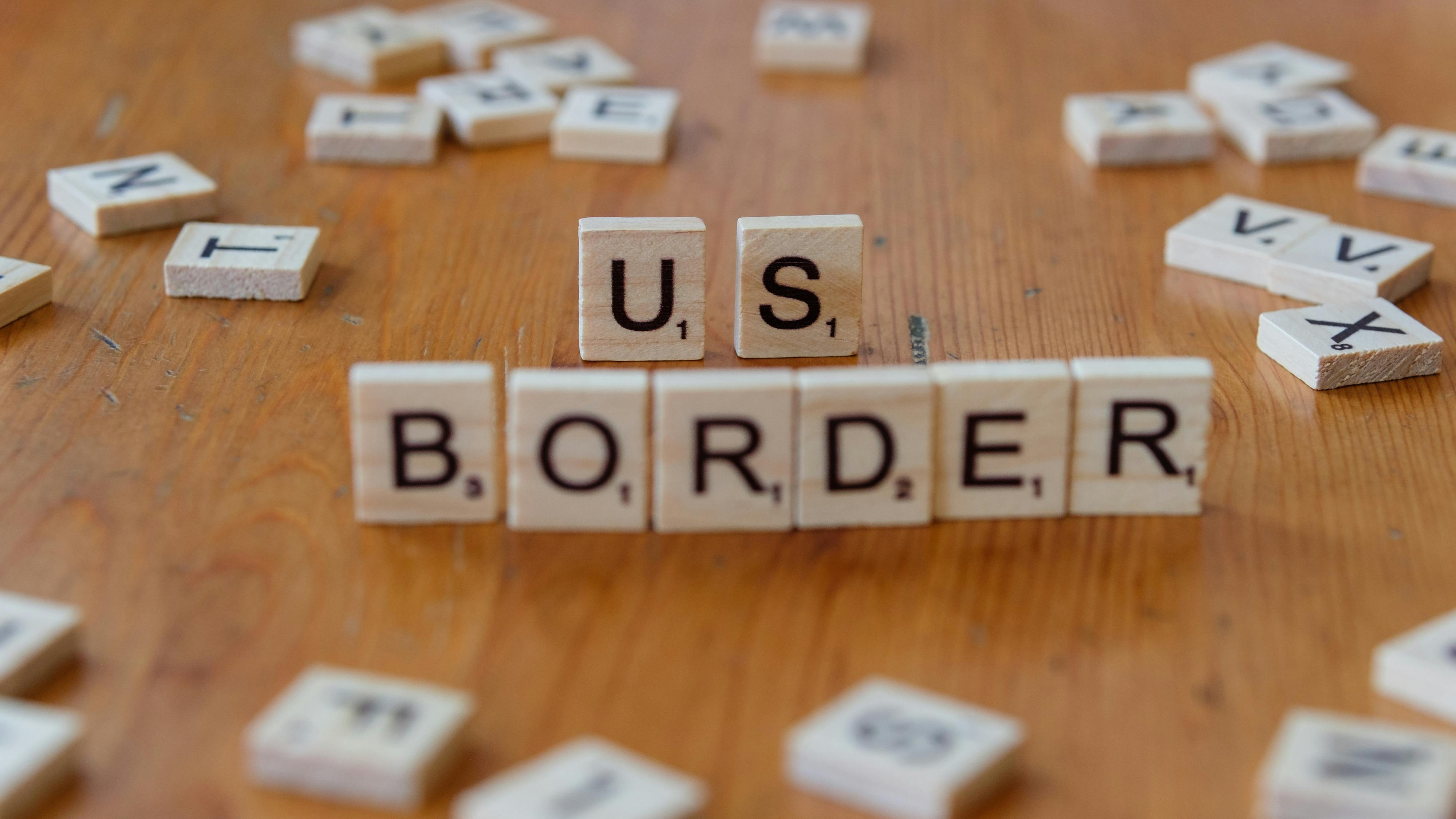
America’s construction industry is increasingly dependent on immigrant labor, especially undocumented workers who comprise a critical share of the workforce. Under Trump’s aggressive immigration enforcement and mass-deportation agenda, the sector now faces labor shortages, rising costs, and delayed construction timelines.
The Numbers Behind the Crisis:
- About 25–30% of the U.S. construction workforce is foreign-born; in trades like carpentry or drywall, that share rises to 32–63% in states like Texas and New York
- Roughly 17–23% of construction workers are undocumented immigrants—translating to about 300,000 workers in Texas alone, and 1.6 million nationwide
Policy Impact: Labor Shortages & Economic Shock
- EPI estimates that Trump's deportation goals (4 million over 4 years) could wipe out 1.4 million immigrant construction jobs and 861,000 U.S.-born jobs in construction alone
- Texas alone faces a shortage of 200,000–400,000 construction workers due to intensified enforcement and worker fear—stalling projects and risking financial losses for small firms particularly
Real-World Consequences of Shrinking Labor Supply
Timeline Delays
ICE raids are causing absenteeism and fear—one $20 million project in Alabama slipped by three weeks, as nearly half the workforce (mostly immigrant laborers) stopped showing up
Soaring Costs
With fewer available workers, contractors bid up wages or pay hazard premiums. Analysts report a construction labor shortage costing upwards of $10.8 billion in higher wage pressures and inflationary effects
Housing Supply Crunch
Urban Institute warns that mass deportations would deepen housing shortages, paradoxically undermining goals to expand supply and lower home prices. Less labor means fewer homes built amid soaring demand
The Bigger Ripple: An Industry at Risk
The impact of stricter immigration enforcement extends far beyond individual job sites.
As the pool of available workers shrinks, contractors are forced to raise wages to attract and retain talent, which inflates overall project costs. These labor shortages also lead to cascading delays.
Projects that once took months now stretch into years, with expensive equipment sitting idle and overhead mounting. Beyond the immediate financial strain, the slowdown in construction worsens the nation’s already dire housing shortage, making homes less affordable for buyers and renters alike.
And it doesn’t stop there: industries that depend on construction. From building materials to real estate and municipal services, are also feeling the pinch, creating a ripple effect that threatens the stability of the broader economy.
So, What's the Answer?
Trump’s stricter immigration enforcement is triggering more than just deportation headlines—it’s straining an industry that builds America.
For contractors, urban developers, and policymakers, it’s urgent to consider:
- Alternative labor sources (e.g. visa programs, apprenticeships)
- Policy adjustments (legal pathways for essential workers)
- Tech-driven efficiencies to offset manpower shortages